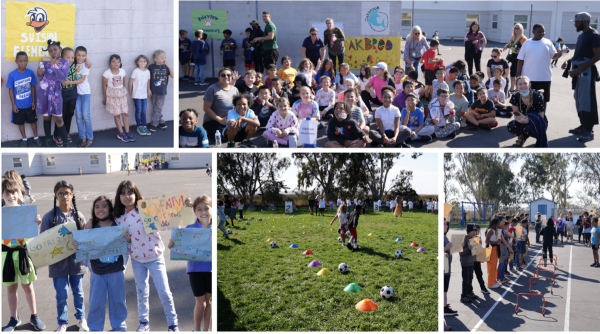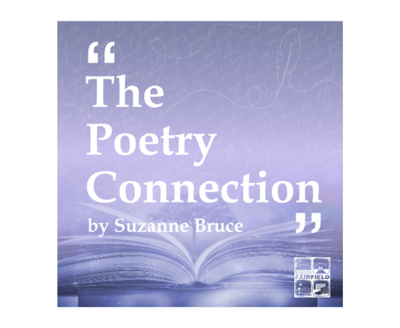Scholars share how zoos, aquariums, and museums should collaborate

By working together, animal data from living and scientific collections can better inform conservation.
SAN FRANCISCO, CA (April 21, 2022) — Animal collections housed at zoos, aquariums, and natural history museums—living specimens in the first case, preserved in the other—constitute an exhaustive trove of information about Earth’s biodiversity. Yet, zoos and museums rarely share data with each other. In a new paper published today in the journal BioScience, researchers from more than a dozen zoos, aquariums, zoological societies, and natural history museums, including the California Academy of Sciences, lay out a pathway to increasing collaboration that would enhance our understanding of and ability to regenerate the natural world.
“From misaligned data management systems to lack of communication between organizations, there are many barriers to collaboration between museums, zoos, and aquariums,” says Academy Curator of Ichthyology Luiz Rocha, PhD, who co-authored the paper. “Overcoming those hurdles to combine animal health, behavior, and life history information from zoos and aquariums with historical records of species from natural history museums can allow both kinds of organizations to better reach our shared goal of protecting our planet’s biodiversity.”
Institutions accredited by the Association of Zoos and Aquariums (AZA) hold about 800,000 living animals, primarily in the United States. Zoos and aquariums keep extensive records for each animal in their care, including information on their life history, behavior, health, pedigree (ancestry), physiology, and husbandry protocols used during their life, such as diet and veterinary treatments. They also periodically collect and preserve biological samples, such as blood, plasma, and DNA.
Natural history museums house roughly 500 million to 1 billion biological specimens in the United States and about 3 billion worldwide, according to the paper. A specimen’s records typically include information on where, when, and by whom it was collected, as well as its taxonomy and method of preservation. These records tend to capture the moment in the animal’s life immediately preceding its death but offer little information about all the time before that.
“Natural history museums would clearly benefit from having access to the detailed life-history records zoos keep, which are data largely unavailable to museums and the researchers who rely on them,” said Gregory Watkins-Colwell, collection manager for herpetology and ichthyology at Yale’s Peabody Museum and a co-author of the paper. “For example, the blood chemistry of a cheetah could be very valuable to a researcher. At the same time, zoos can also be important sources of preserved specimens for museums.”
Many zoos house species that are rare, endangered, or even extinct in the wild, making them extremely difficult, if not impossible, for museums to collect ethically. Furthermore, disposing of deceased animals is a logistical and often a legal necessity for zoos, which lack the expertise and facilities to house preserved specimens. As an alternative, the paper suggests zoos could deposit specimens of high scientific value with natural history museums, extending the research and teaching value of their collections and strengthening their credibility as conservation-oriented scientific organizations.
Depositing specimens in museums can help zoos learn more about the health of the animal while it was living under their care—knowledge that could inform a zoo’s practices and benefit its collections, according to the paper.
Institutions like the Academy, which is both a natural history museum housing 46 million scientific specimens and an AZA-accredited aquarium home to nearly 40,000 live animals, exemplify the benefits of such collaborations.
“When we conduct deep dives on mesophotic coral reefs, we only have a handful of minutes to collect fish for our scientific collections,” says Rocha, who is the co-director of the Academy’s Hope for Reefs initiative. “However, by also being able to keep living individuals of those species in the Academy’s Steinhart Aquarium, we learn about their life histories and behavior, something we couldn’t do in the field.”
According to the paper, the barriers to increased collaboration are largely cultural. The two types of institutions vary in their emphasis on research, with many museums being heavily focused on it while zoos place more emphasis on the health and welfare of their living specimens. There can also be legal hurdles to transferring animal specimens between zoos and museums, and the digital record management systems are often incompatible.
“However, what should unite these institutions is a shared interest in preserving biodiversity, in its various forms, and contributing to our collective knowledge of these animals,” said Sinlan Poo, PhD, senior research scientist at the Memphis Zoo and lead author of the paper.
Ultimately, enhanced collaboration will require staff at zoos and museums to build relationships, sharing their ideas and scientific approaches with each other, and the new paper is a first step in initiating that dialogue, Poo said.









